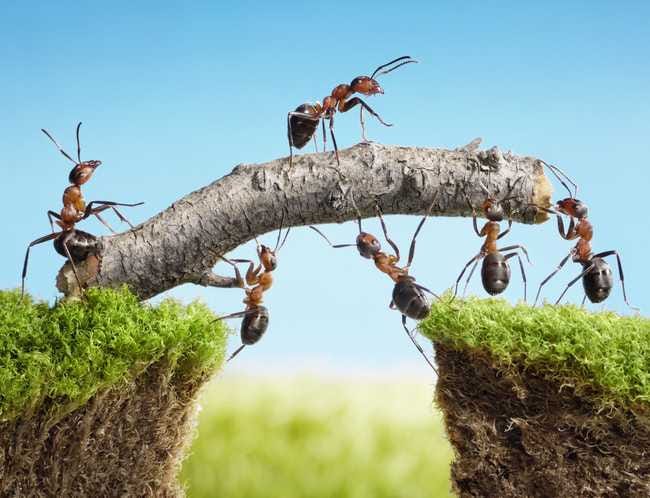written by Iuri Vargas
4 minutes reading

This article aims to explain a little how the theory created by Bruce Tuckman about the evolutionary phases of a team works.
Bruce Tuckman, was an American researcher born in 1938, he became known for one of his theories that explained the stages of development of a team, better known as Tuckman’s stages of group development. It was published in 1965, and was basically divided into four cycles: forming, storming, norming and performing.

The first cycle is where a new team is formed, the leadership explains the purpose and objectives of this team to its members who usually feel a certain fear for the moment of adaptation and iteration that will be present every day. There is still no engagement, in this case the role of the leader becomes essential to be able to make it clear which direction should be followed and follow the evolution of this team.

The second cycle begins when team members begin to clash. In this cycle, the team’s goals are already defined but the responsibilities and roles of each member are not yet, generating difficulties in reaching a common sense, conflicts and discomfort for these people. In this case, the role of the leader remains fundamental so that he can follow the evolution of the team and be a facilitator in the resolution of these conflicts.

The third cycle deals with team normalization. In it, the processes are already defined and the enthusiasm and levels of competence of the members grows. The members already know each other, and both respect and teamwork begin to be present in the team’s day-to-day.

The fourth cycle addresses the performance of the team. In it, whether the team already performs the work in a very productive and performative way, it starts to become self-manageable, organized, and each team member knows his role and importance that he has for the team’s goals to be achieved. Still in this cycle, the team shows great pride in being part of that group, the need to solve problems becoming less and less.

In 1977, together with Mary Ann Jensen, Bruce Thuckman added a fifth cycle to his theory, this cycle is known as Adjourning. He addresses the end of this beautiful team-building process, in this cycle all the team’s goals were achieved, and along with the feeling of pride in the work carried out, there is anguish for not knowing what the next pages of this journey will be. The team can be maintained or dismembered, it all depends on the strategy adopted by who leads it. The leader’s role becomes fundamental again, as he will be primarily responsible for defining the future of each team member.
Anyone who has had the opportunity to work in a team from its creation to the delivery of the final goal has most likely experienced the cycles covered by Bruce Thuckman’s theory. The theory basically explains the phases that a group of people goes through on the way to meet a big goal. This path will carry with it the process of formation, turbulence, standardization, performatization and dissolution/transformation of the team.